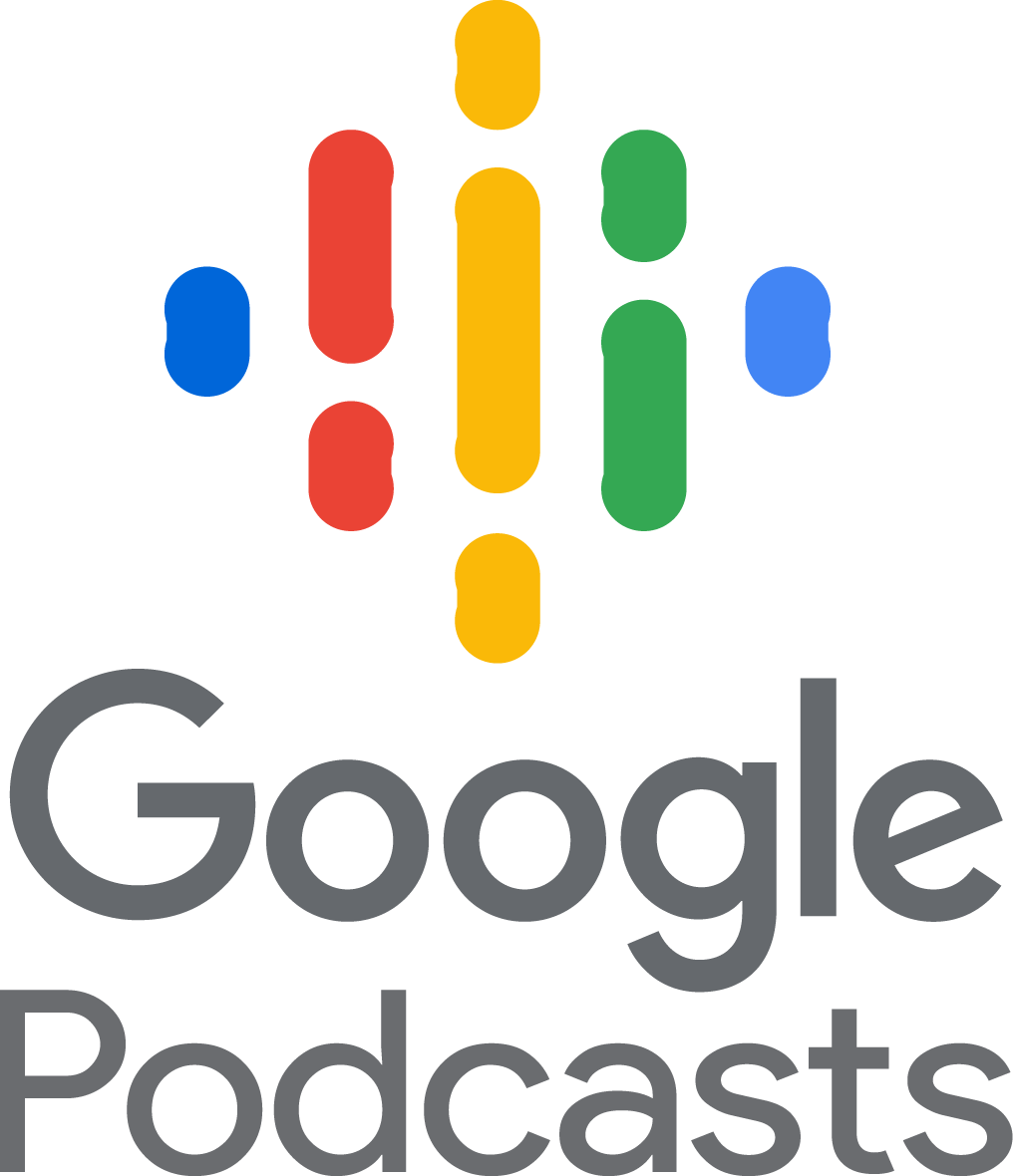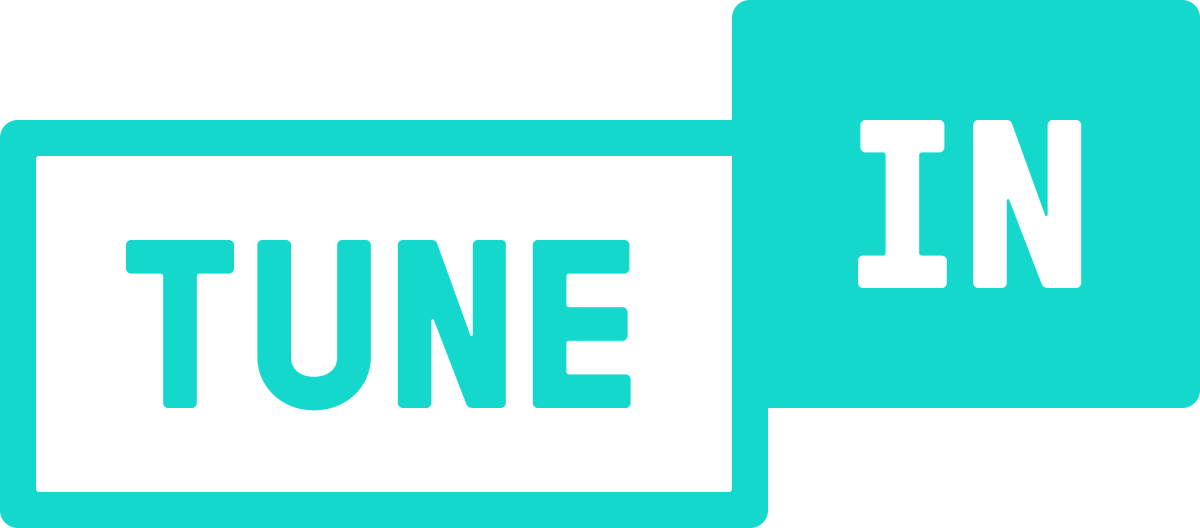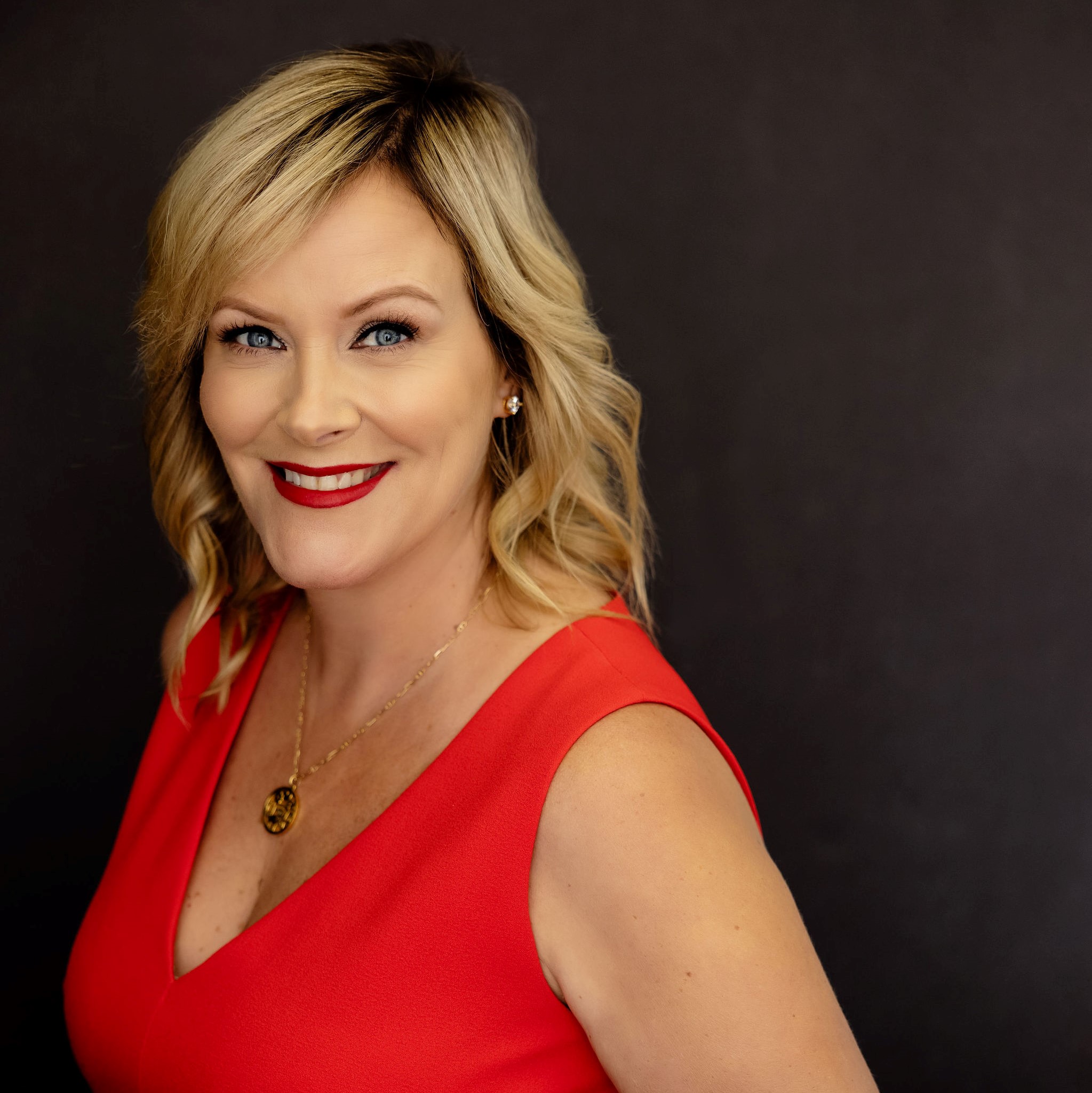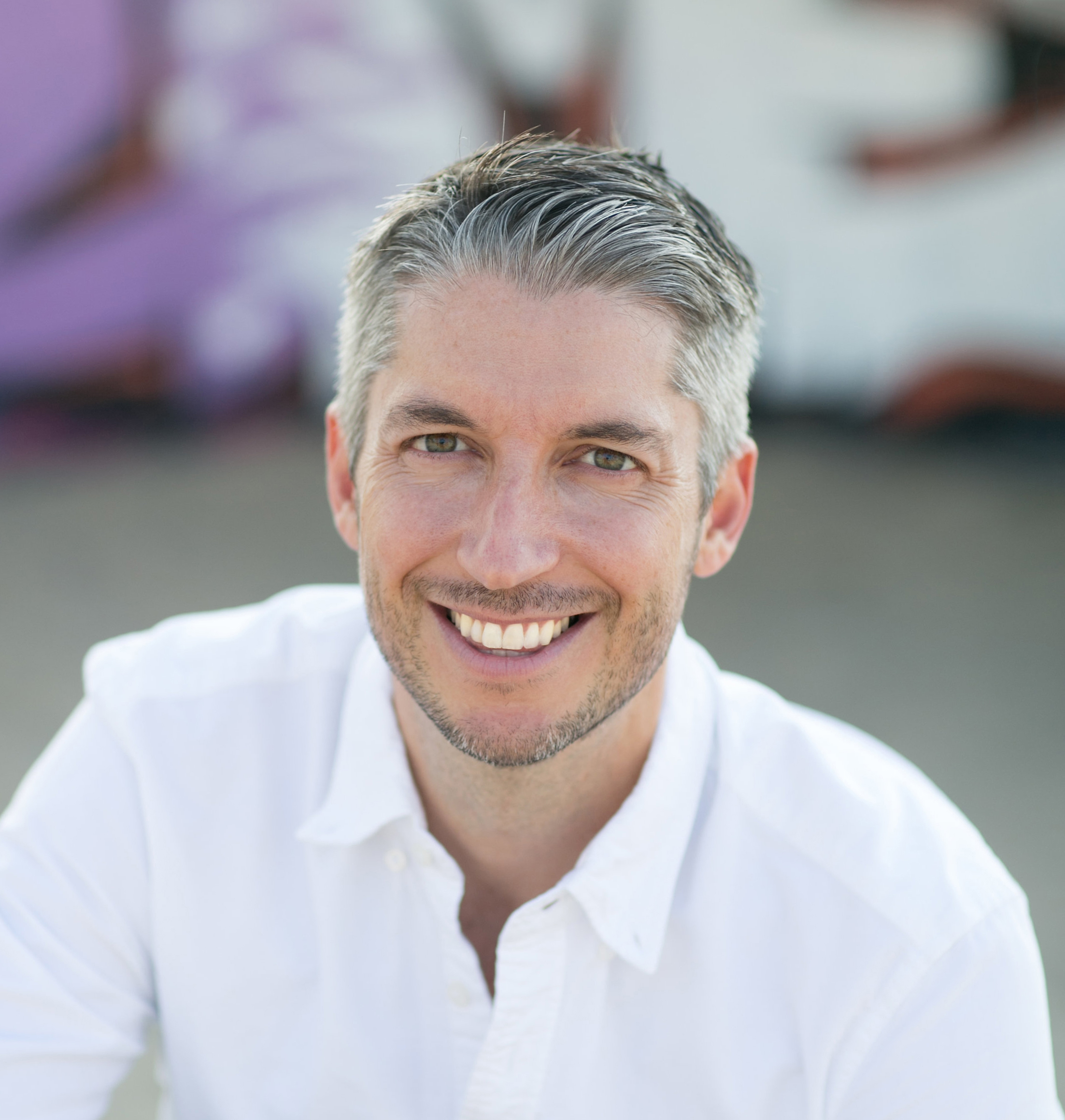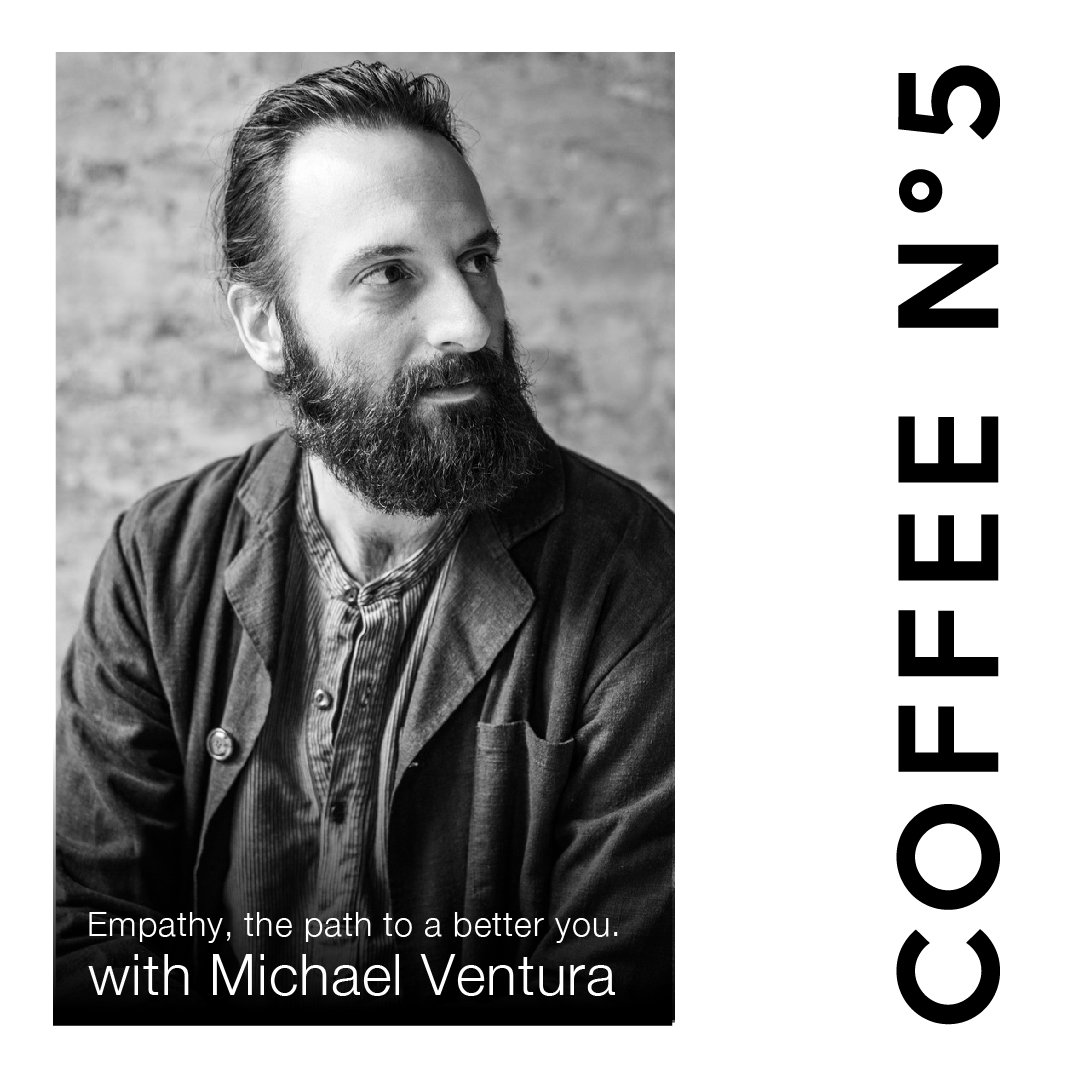Lara Schmosiman (00:11)
Hi everyone, welcome back to coffee number five. My coffee is ready as always and I’m ready to have a great talk. So you know me and you know what I’m about. I’m about ecosystems and I’m about ⁓ social media connected with SEO and email marketing and make connections. But today I want to talk to you about something a little different.
living a creator economy in this moment. Create is so important that the content that we put out there and there are many ways to go and work with creators. So I want to bring to you a specialist in the social media space that to give us a little more insights of how to work with creators and she has very special insights and very special ways to work. So welcome Mimi Banks.
Thank so much for being here with us.
Mimi Banks (01:07)
Thank you for having me.
Lara Schmosiman (01:08)
So that was how you started working in social media and specifically with creators. I mean, you come with a journey that you came from L’Oreal from amazing brands, but then you realized that the brands needed more help and you still work with incredible bar. You work with Sarah V. You have incredible clients and created incredible campaigns. So tell us a little more when you realized that.
you need to be working with creators and how it evolve over time.
Mimi Banks (01:39)
So I actually started by working with creators. That’s the way my journey started in social media. When I would say ⁓ about 12 years ago, 13 years ago, ⁓ 2012, I was at L’Oreal and working for Longcomb and creating social media. There was a Facebook page already. They had worked with Michelle Phan and doing some really innovative things.
And I was this social person in my own corner trying to figure it out and convincing people of the value. And what I started to see when I launched Instagram for the first time, it was in the height of the nail economy. So everybody was posting about nail. Longcomb had just launched their nail line. And I used to go get my nails done with two different Longcomb colors, take pictures of my nails and post.
And what I started to see as I was diving into the nail community is that there were people who did their nails so much better than I could ever do. Their nails were pretty. Everything was perfect in their content. And they would post. And so what we did is we had a contest where we said, okay, show us your nails, tag Long Comb Loves Nails for a chance to win the entire collection. And so what we did is that we had a lot of people entering. Now, mind you, this is 2012.
And what we started to see was we were entering the nail community. And then people were showing pictures of how they did their nails with long comb nail polish. And I started to reach out to some of these winners who got this and we were doing it every week for about eight weeks and saying, you do your nails so much better. You create better content. If I gave you more product or if I gave you ⁓ more, no, I think it was just product at the time. Would you send me your pictures?
And so at that time we started and some of my friends and I like to say that we created influencers, but then we started to then post this content that these nail gurus made. And to this day it was Maryam NYC, Maryam Makia. She was, you know, almost 900,000 followers. She was one of the first people that I met and we started to work with her even on emails to create different looks step-by-step because we saw very quickly the power of UGC, the power of
creator content. And again, this is 2012. And so very early on, I became obsessed with UGC. And soon after when I started MB Social, we’ve seen the same. What we’ve seen across all of our clients right now is that the content is very important, as we know, but the content that connects, as you talked about, is real content is from creators. And there are a lot of different kinds of creators. So makeup…
Lara Schmosiman (04:22)
Okay.
Can we deep dive on that in different kinds of creators? Because this is something that people, a lot of people out there and brands out there, they don’t differentiate of these creators. And it’s very important to understand.
Mimi Banks (04:25)
Sure.
Yep. Yep.
So
it’s interesting because I started with makeup ⁓ and now I’ve worked a lot in skincare. And a lot of our skincare clients, you mentioned CeraVe, I’ve gotten the chance to meet dermatologists and dermatologists who are also creators. And dermatologists are not taught how to be creators in med school, they’re taught medicine. And you have a handful of really, really talented…
creators who are now the standout dermatologist, dermfluencers on social media like Dr. Portella. Dr. Portella, my partner in crime, we work very closely with him and he is a standout creator. He knows how to create content that resonates with the masses, how to educate, how to entertain and how to provide value when it comes to skincare education. What we are seeing though is that
Because the masses are on social media, not everybody understands what it takes or how to build content. And so just as a side note, Dr. Portell and I started a venture, a podcast, to even educate how to create content. What are the best practices on social media? How can we educate other healthcare professionals to either fine tune their content creation game
become proficient on social media, or even understand how to work with brands. Because I think from the outside, you see a lot of the same faces, but there could be questions as why. Why are they getting chosen? Why does their content stick out? What are they doing? What are their hacks?
Lara Schmosiman (06:10)
I
always say this to my clients’ providers, that their providers, they all have a medical degree and they all have similar skills. The only thing that makes them different from one provider than the other is themselves and their personality. And if it doesn’t come across, you cannot play this game.
Mimi Banks (06:25)
That’s true. They’re true.
You cannot play the game, then there’s a specific way in which to communicate it because you don’t have a lot of room, you don’t have space, you don’t have time, you don’t have text on how you tell a story in under 30 seconds, make it visually compelling, engaging so people don’t swipe away. And so our podcast called Med Creator 101 is really geared towards those HCPs to give them those basics. And we have had really kind of cool guests, the top Med Creators.
So far in dermatology from Dr. Mamina, Dr. Jenny Liu, Dr. Zubrzycki, Dr. Doris Day is about to come out soon. We’ve talked to Rock Skincare, we’ve talked to CeraVe, Avene, and talk about what does it take? What do they do? And even Dr. Brown talked about some tools that she used, whether it’s CapCut or Jenny Liu talked about ⁓ a teleprompter tool that she used. Yeah, exactly. So people…
Lara Schmosiman (07:23)
yeah. I mean, you need
to use it. You need to know as a creator, your weaknesses and your strength. I know you put me in front of a microphone, I can talk, but then I, there are many other things I cannot do. Read the script is terrible for me. So you need to know who your strength and your weaknesses and use them in your advantage as a creator.
Mimi Banks (07:45)
Use them in your advantage and use them and know where you can ask for help and then what those resources are. Because I think when you’re good at something, it’s not always obvious all of the steps and the work that it takes to create. It’s just not obvious.
Lara Schmosiman (07:58)
Yeah, absolutely.
But also sometimes it’s about having a team. Like you can create the content and have someone else to edit it, someone else to upload it, someone else. And also, okay, we need to talk about this because this is news. Today we’re recording this episode in July, 2025. Now SEO is becoming so prominent in Instagram. Today was announced that even
Mimi Banks (08:07)
Very true, exactly. Yep.
Lara Schmosiman (08:28)
all the captions in Instagram, they’re going to be ranking in Google on Bing.
Mimi Banks (08:33)
Mm-hmm.
Mm-hmm. And I mean, and what’s interesting, Instagram has kind of always been keyword optimized. That’s where hashtags started. And if you think of like even like the function of hashtags, but it’s true now, it’s going to be larger than just on Instagram that you can find content more broadly. So those are the tips and tools that you need to know if you want to make your content stand out or if you want to get noticed or you want to show up in those Google rankings. You know, it’s, really depends.
Lara Schmosiman (08:40)
Mm-hmm.
Yeah.
Mimi Banks (09:01)
oftentimes on what your overall objective is when you’re a creator.
Lara Schmosiman (09:05)
I love that you just said that even when you’re a brand show, you need to know your objective. I had a conversation today actually that someone was telling me, there are a lot of platforms out there that they offer you organic likes, followings and engagement. And I was like, but that’s not real.
Mimi Banks (09:26)
Mm-hmm.
Lara Schmosiman (09:27)
It’s like,
think that the community, the creators community, and I mean, the audience in general is changing a lot. They don’t follow the masses anymore. They want to follow real and people that they connect with.
Mimi Banks (09:40)
They do.
They want to follow who they connect with, what resonates. Though I will say that sometimes vanity metrics, the numbers also referred to as vanity metrics, how many followers sometimes make an impression. People think, why don’t they have a lot of followers? Why do they have under 100,000? Why do they have under 1,000? And it sometimes leaves an impression, which is why people are still
Lara Schmosiman (09:51)
Mm-hmm.
Mimi Banks (10:05)
feel the pressure to buy likes, not saying that it’s right, but I know people who you can tell because you can look at their feed by the number of comments, you can tell by the number of views, but that people still want to give that impression that they have the followers because it offers some sort of credibility or validity on the outside.
Lara Schmosiman (10:15)
Yeah.
Exactly.
And that’s why you need to understand what’s your goals as a brand. But be very aware that if you do it, you do it for reason and for a goal and it means to an end. And it doesn’t mean that because if you work with a professional like you or me, we can read through the feed and realize this person is buying followers or buying likes. It’s not that difficult to realize. So you need to understand what’s your goal of doing.
Mimi Banks (10:30)
Mm-hmm.
Right.
Lara Schmosiman (10:54)
Any action.
Mimi Banks (10:55)
What’s your goal of doing any action and what platform do you want to be on? So even when we launched Med Creator, this podcast, we said, okay, where is our target audience and where will they be? Where can we reach them? They’re on Instagram. Are they on Facebook? Are they on TikTok? Are they on Pinterest? And very quickly, it was interesting. Okay, they’re definitely not on TikTok. I mean, sorry, they’re not on Pinterest. They’re on TikTok for sure.
Lara Schmosiman (10:58)
Yeah.
Mimi Banks (11:21)
And we started with Instagram, but we’re looking to say, we asked ourselves this question because we have a very specific audience. And so I think that’s very, very important for anybody in the content creation influencer field to understand, or even brands, where their audience is, who they’re trying to reach. But then what is the action you want somebody to take? Because the action is the result in theory of why you’re doing what you’re doing.
Lara Schmosiman (11:48)
Absolutely. Let’s define for a second when we talk about brands. Brands when generate content, it’s very different than when a person generates content because a brand has a goal that they need to sell products. ⁓ So how do you approach a content creation from the brand side?
Mimi Banks (11:58)
Correct.
Correct. Correct.
It depends on what is if you take a skincare brand a lot of times is the education behind it It’s the why you want to use it and who it’s for so if it’s Skincare you want to explain the ingredients you want to explain? the skin the the regimen the texture the All of the potential questions that a consumer would have so there’s no barrier to purchase And then you want to create content around all of the different
ways in which that product is used so that you can attract the consumer and then you use compelling language that would draw them in. And oftentimes with the call to action about where to buy, how to find it, where to shop, why to shop, those kinds of things.
Lara Schmosiman (12:50)
Yeah. So let’s differentiate three different main kind of creators in my book. And I will love to hear if you agree with this, disagree, or have something to add. Right now I’m differentiating creators in creators. Then I have people who are influencers, let’s call it, that they charge for their posts. And then you have brand ambassadors.
Mimi Banks (13:15)
Okay.
Lara Schmosiman (13:16)
That’s the way that I see the content creator ecosystem right now.
Mimi Banks (13:19)
ecosystem.
So I will say that if I take, example, Dr. Portella, he considers himself a creator. He can also be a brand ambassador and he’s an influencer. So I think, yes, there are people who are just content creators where their sole goal is to create UGC. That means that they don’t necessarily have a platform. They don’t necessarily have
Lara Schmosiman (13:27)
Okay.
Mimi Banks (13:44)
a following, but they actually specialize in creating content. So people just hire them for their content creation skills, whether a photographer, videographer, or just ⁓ literally a creator. I think there’s also talent that is hired for their, could be their following. It could be their content creation skills. It could be acting, whatever that may be.
Lara Schmosiman (13:59)
Mm-hmm.
I like the word talent more than influencer.
Mimi Banks (14:12)
Yeah, an influencer is someone sometimes that is really about the driving sales because I do agree that a brand ambassador is a certain role that could be filled by an influencer, that could be full by a talent. And so it’s really a finite definition of who each is, in my opinion.
Lara Schmosiman (14:35)
And what about AI? How do you think that AI is infiltrating in the content creation world and how it’s affecting the social media world?
Mimi Banks (14:46)
A few different things. So AI from content, it’s opened up a lot of different ways in which to create content from a scrappy perspective, because you can have AI create new and unique ways of product interaction, of creating almost stock photography. So that simplifies the process. But on the other side, it’s creating a lot of likeness. So if we go back to Dr. Portella example,
we’ve seen small brands almost use his likeness in an AI format that they’ve taken his persona and created almost testimonial videos just through AI. So there’s a part of it that’s very dangerous when used in the wrong
Lara Schmosiman (15:31)
very dangerous.
Mimi Banks (15:33)
So yeah,
it’s scrappy, then scrappy becomes dangerous because you can create your own anything, your own mascot. You can create your own person, like a human that resembles a human.
Lara Schmosiman (15:45)
What I realized in AI, and I think soon enough we’re going to start seeing some rules of AI, I already see that they are affecting, for example, they’re looking to implement the law that you cannot use AI for text messages or voice text messages. So what
Mimi Banks (16:02)
Mm. Mm.
Lara Schmosiman (16:09)
I have to say is that with AI you need to be very careful and you cannot just let AI do their thing. You need to look. You need to make sure that the person behind it is a person who can make decisions and has common sense.
Mimi Banks (16:15)
No.
I mean, I agree. And I think that there’s some ways it can simplify some workflows. I think from a creative writing perspective, sometimes from hooks, from asking even chat GPT for ideas to help you brainstorm, to think about things in a different way.
Lara Schmosiman (16:37)
Yeah,
or just even to help you proofreading something. I am a very early adopter of AI and it’s fantastic if you do it right, but you need to, you are the master, not AI.
Mimi Banks (16:41)
Mm-hmm.
Correct, correct. ⁓ I was like a later adopter, but I use it a lot for more for pushing my writing and pushing for other things to help me think of different ways of saying things if I need it. We’ve done some AI graphics with ⁓ like a fragrance bottle or a product, like just doing different movements.
And it’s just like the creativity behind it, but then it’s like obviously AI, right? People know that that’s not the reality. So it’s creating this dream world, which I think is a little bit more acceptable in some ways.
Lara Schmosiman (17:23)
It is more acceptable,
but also that to me makes a difference of who is working at a real person, a real professional or an amateur. Like for example, if I go try to do something in AI, probably it’s not going to look very professional, but or realistic, but the same tools used by my graphic designers or my media designers. I think that a lot of people think that they can replace a team.
Mimi Banks (17:30)
Rise. Right. Right.
Right, exactly.
Lara Schmosiman (17:49)
I should think that the team needs to adapt and be more efficient, not replace the team.
Mimi Banks (17:50)
Right.
I agree. No,
I don’t think, at least from like a social perspective, I was just having this conversation. I’m just not replacing a team yet, I say, but I really don’t think so. There’s an element of social where social is supposed to be social. It’s high touch, it’s human, it’s about connection, it’s about connecting with the person behind the screen. And when it’s AI, even like the chat bots, ⁓ more for customer service, you still crave the human being behind it.
Lara Schmosiman (18:23)
Yeah, absolutely. So as we can see now, there’s starting to be more and more integrations. We’re talking about SEO, we talk about Google, we talk about Bing, but also you have it in platforms like Amazon that now you including social media, there is an integration from Amazon and TikTok shop.
So how do you see this social media world evolving? And also do you see that that talent or influencer that they had so much sponsor content is going away that people can read more through the lines? How did you see that evolution? Because I remember there are some people that I used to follow and say, my God, they have sponsored content all the time.
Mimi Banks (19:05)
Yeah, so I can address that question first. I think it’s very transparent. Now people are used to seeing it. They’re used to seeing influencer. They’re used to seeing the paid promotion. And I think where they get frustrated is when it doesn’t seem authentic, when they’re just doing only sponsored content that doesn’t match with their brand. But if you’re following somebody and you want to see what they like, ⁓ you want to see what they’re going to share with you, you want to see their curation,
And that’s okay if it’s sponsored because it means that they’ve endorsed that in theory. And I think that going back to your first question, it’s people were shopping online, but now it’s also more seamless with TikTok shop. They’re used to the clicks, the easier they can be wherever they can be, the where it’s easiest just to do that one stop, whether that’s through influencer, whether that’s through a link.
Whatever that may be, people are just shopping on their phones. So I think the evolution is now blending into this shopping platform. Everywhere. used to be Facebook was just more for ads and you would click the link. TikTok Shop has really changed the game there too.
Lara Schmosiman (20:14)
Yeah. So when do you think that it’s okay to boost content in social media? Because the rules of boosting also change. You have ads, have boosting, you have different methods of ⁓ amplifying a post.
Mimi Banks (20:31)
⁓ Overall, when it comes to Facebook, Facebook is yes, it’s more ads, but I think you have to because in order, it’s a pay for play platform. Otherwise you just won’t get any traction. ⁓ We’ve seen very solid results on Instagram and TikTok for boosting or using TikTok promote in general, because again, it’s a way to get somebody’s attention and it’s highly, highly targeted.
so you can reach the eyeballs that you want to reach.
Lara Schmosiman (21:02)
Well, I think you should say the keyword there is all about the targeting.
Mimi Banks (21:06)
Yeah, it’s very highly targeted. ⁓ you sometimes have to because of how cluttered it is. If you have a smaller account, I think it’s harder to reach people versus if you have a highly engaged account, you can reach people. But the brands still do heavily paid advertising, heavily targeted media because they want to reach even more people. sometimes you have to see…
serve an ad seven times, a person has to see an ad seven times before they purchase. So it’s not like they just see it once and they’re going to click. So there’s a psychology behind it too.
Lara Schmosiman (21:40)
Yeah. Yeah.
It’s about people seeing your brand everywhere and that, oh, I’m here too. I’m here too. So you, I look what I always call the pre funnel is knowing who you’re really going to be targeting before you starting to create content before you need to give the directions of that content. Who’s going to be targeted to then if you’re going to boost that targeted correctly. seen so many.
Mimi Banks (21:45)
Mm-hmm.
Mm-hmm.
Correct. Yes.
Lara Schmosiman (22:06)
campaign is going wrong just because of the targeting.
Mimi Banks (22:09)
So I’ll give you a little bit of a preview. We were just, we’re about, we’re going to release a course for Med creators. So the podcast is a course. One of the modules is exactly this. It’s your purpose. What is your why? What is your story? And before you can create any content, it’s defining your message. It’s defining your audience, defining all of this. What is your objective? And we literally had this exact conversation two hours ago.
Lara Schmosiman (22:18)
Ooh.
And I’m going to give you one more is define your brand voice. How your brand talk. Yes, it’s so important. I feel like a lot of brands are really failing for that tiny reason that they think that having a brand is having a logo. And they forget about all the other elements, brand voice, targeting, who is your target? What are their pain points? They’re forgetting all these other little things.
Mimi Banks (22:41)
Yes, correct. That’s part of it also. That’s part of it also. Yes.
Mm.
I think beauty does it very well. ⁓ think the beauty brands that I’ve seen largely do it very well from like a voice, from a perspective, from targeting. And I think a lot of brands can learn from beauty because it’s so well done across all the categories I’ve seen. ⁓ think beauty really sets the standard for a lot of best in class social media.
personally.
Lara Schmosiman (23:31)
I agree with you. So, where is social media going? If you have to predict.
Mimi Banks (23:36)
Where is social media going? I mean, right now it’s about content. It’s content as storytelling content as your ⁓ entertainment. So there’s like a different level of entertainment value by who people are following now. Someone on my team was talking about binging content off of a TikTok channel. And I know shows are being created, micro shows on different TikTok channels. And it’s really a new form of…
or a different version of entertainment. People’s attention spans are even shorter than ever. And I think, you know, it’s just, it’s really going to be about the content creation even more and like a more finite way.
Lara Schmosiman (24:16)
Great. Well, Mimi, thank you so much for being with us today. And to you guys, I hope you enjoy this episode as always, and I will see you next week with more Coffee Number 5.
Mimi Banks (24:20)
Thank you so much for having me.


